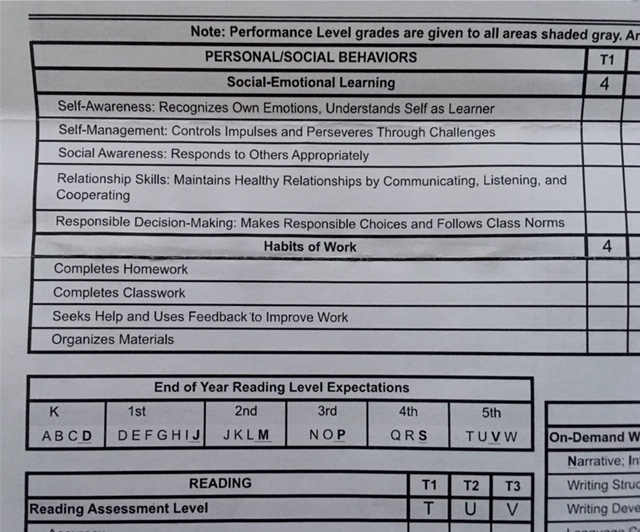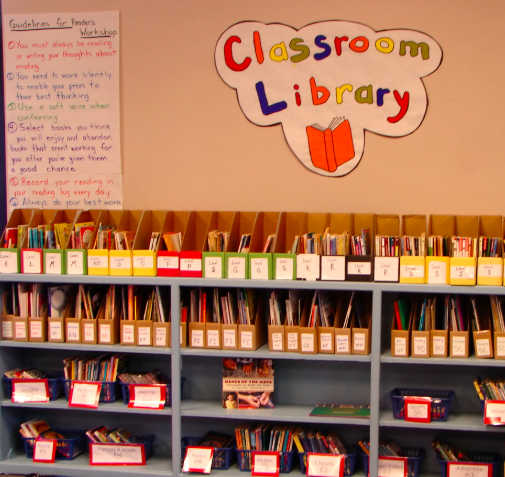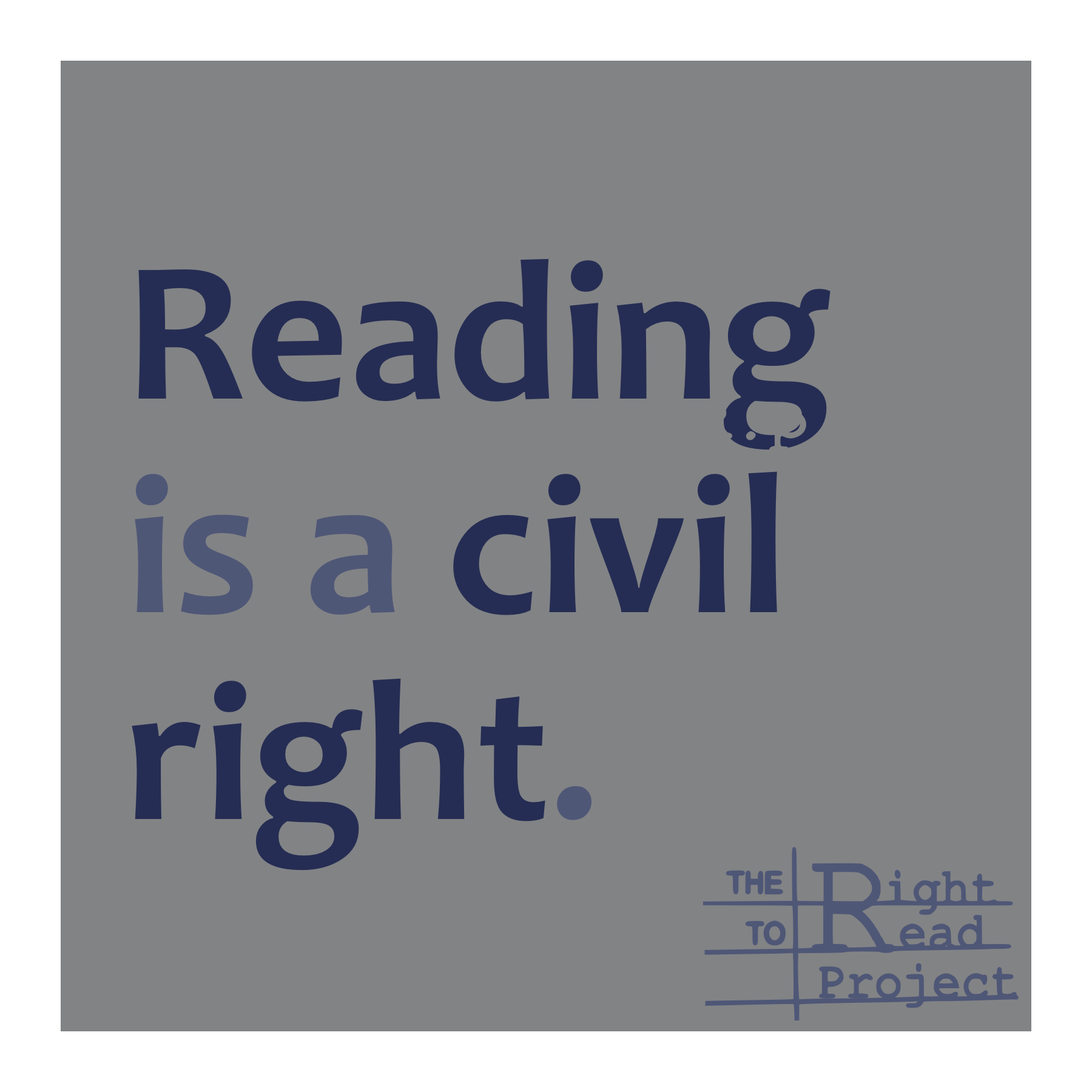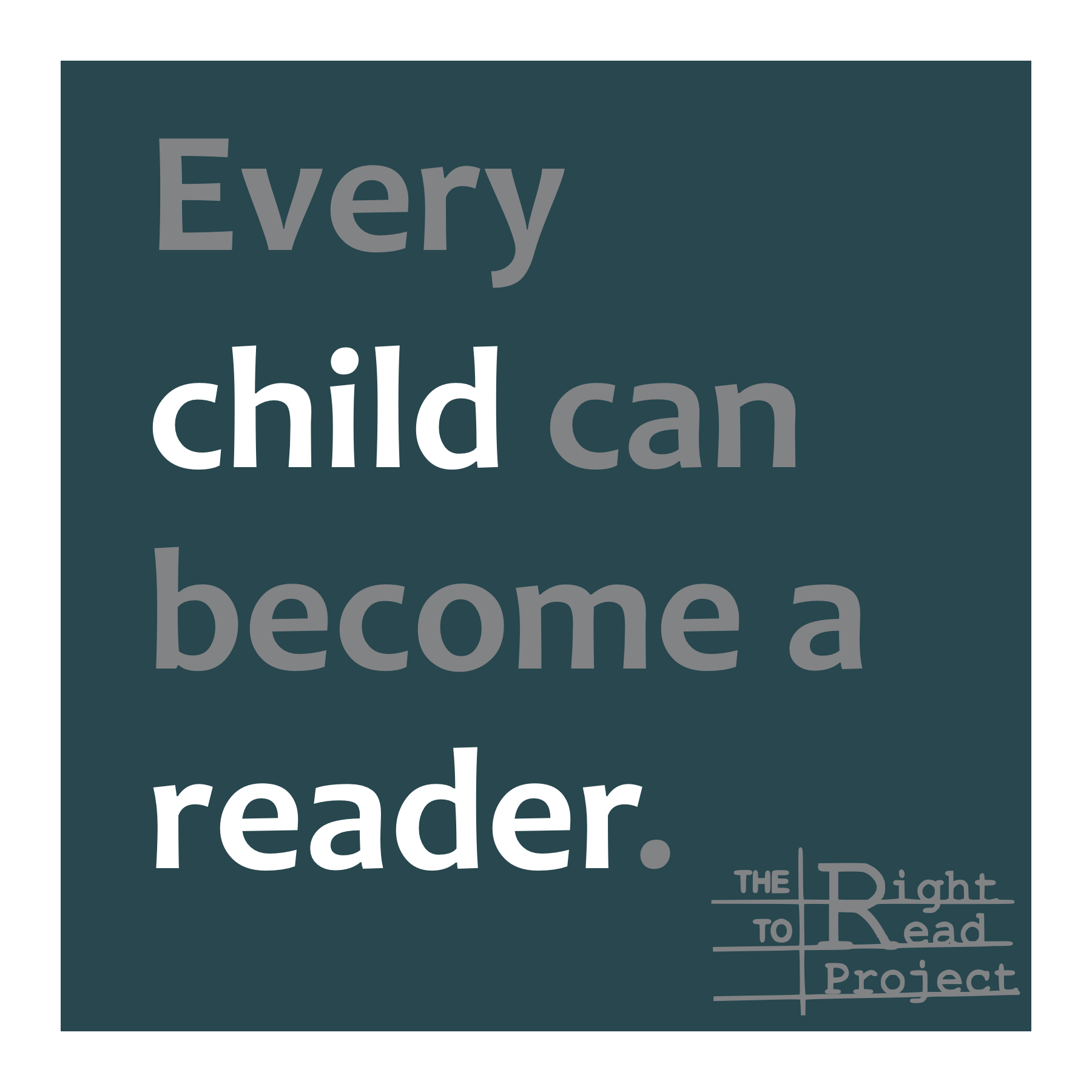The Fountas and Pinnell leveling system is designed to help teachers match students with books they can read. Period. Whether or not it actually does that will be covered in the next blog, but first…
Districts across the country use Fountas and Pinnell materials in ways contrary to the creators’ intent, which is a problem separate from the materials themselves.
“It is our belief that levels have no place in classroom libraries, in school libraries, in public libraries, or on report cards. That was certainly not our intention that levels be used in these ways.”
Fountas and Pinnell, 2017
“In our view, the level of a text has no place on a report card. Although parents do need to know their child’s progress in relation to grade-level expectations, text levels are too narrow to measure.”
Fountas and Pinnell, 2017

“Telling students to choose by ‘level’ is not an authentic way to select books to read independently.”
Fountas and Pinnell, 2017

The authors have spoken out against these practices because they are so widespread. They also say:
“Most administrators we’ve worked with understand the harmful effects of sorting children into groups based on their abilities—labeling children in this way is detrimental to their self-esteem, their engagement, and, ultimately, their progress.”
Fountas and Pinnell, 2017
If this is true, Fountas and Pinnell have worked with very few administrators; many principals ask teachers to ensure their students “know their level” and select “just right books” from labeled book bins. Fountas and Pinnell attempt to explain the problems of practice are not due to the way their materials are marketed (books sold with pre-labeled plastic book bins) or their assessment system (which assigns students levels), but rather people’s failure to see the complexity of their leveling system.
“Often, district leaders who mandate labeling books by level make those requirements because they may not understand the complexity behind a reading level. The truth is that children can read books on a wide variety of levels, and in fact, they experience many different levels of books across the day.”
Fountas and Pinnell, 2017
We don’t presume to know whether Irene Fountas and Gay Su Pinnell have changed their minds about their own leveling system and its use or if, all along, their publishers have been marketing materials with their names in a way that runs contrary to their intentions. No matter the reason, what’s important is that schools that label reader and book bins and sort children into groups based on F&P levels are, according to Irene Fountas and Gay Su Pinnell themselves, engaging in practices that are “detrimental to [children’s] self-esteem, their engagement and, ultimately, their progress.”
Recommended Reading:
Fountas and Pinnell Say Librarians Should Guide Readers by Interest, Not Level
And if you have a copy of: Leveled Books K-8: Matching Texts to Readers for Effective Teaching, Irene C. Fountas and Gay Su Pinnell, 2006
You may want to reference this section:
There’s no denying it; Fountas and Pinnell have taken a strong stand against the use of visibly A-Z-leveled classroom libraries.
Here’s what they haven’t done:
Changed their position on the three-cueing system.
(Click for a downloadable pdf of “What F&P Have Clarified”)









Are you able to cite your source for these quotes? I would love to share them with my school district, but would like to be able to show them where it came from. Thank you!
Check out the embedded links (eg: Recommended Reading: Fountas and Pinnell Say Librarians Should Guide Readers by Interest, Not Level). The links will take you to the sources for the quotes.